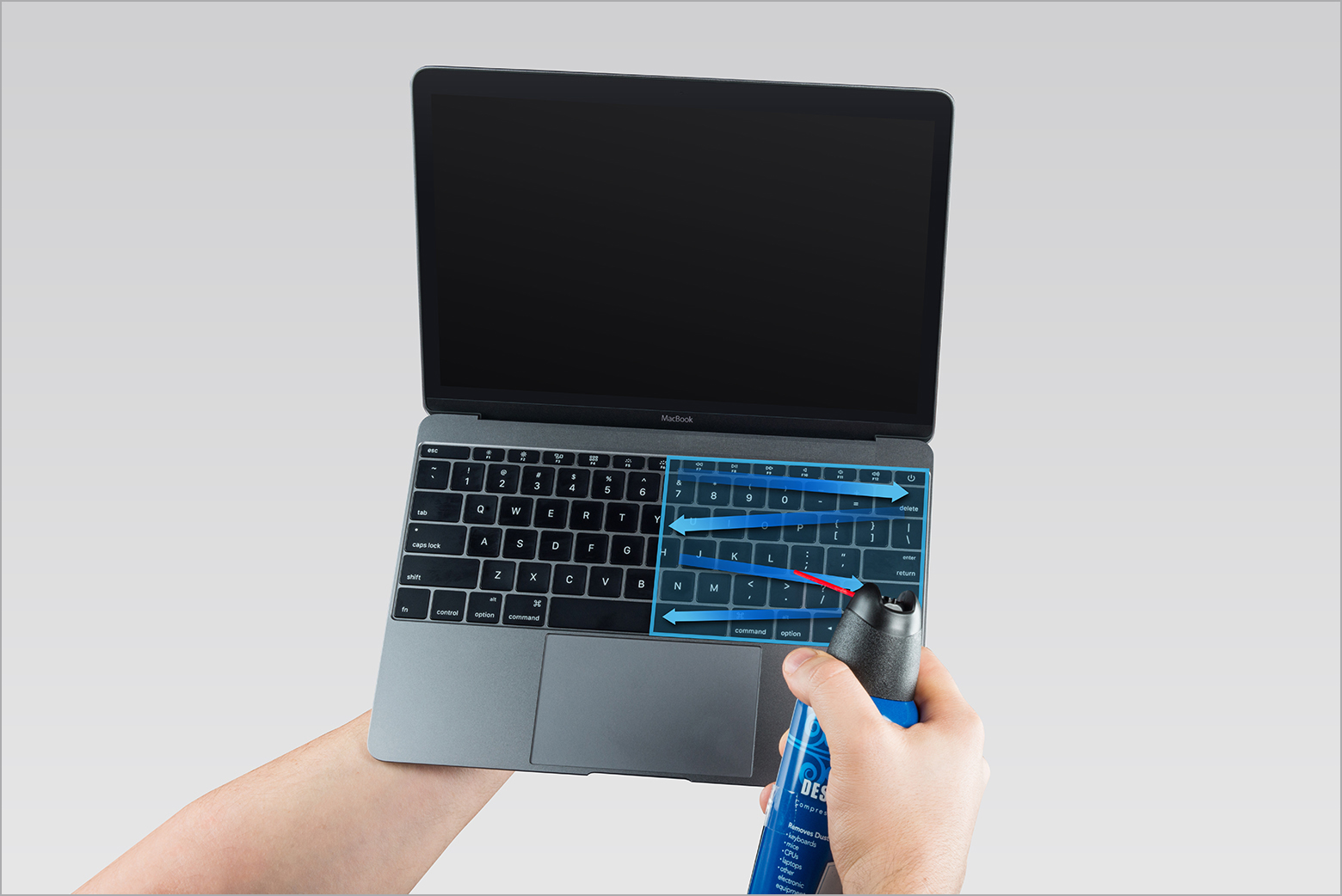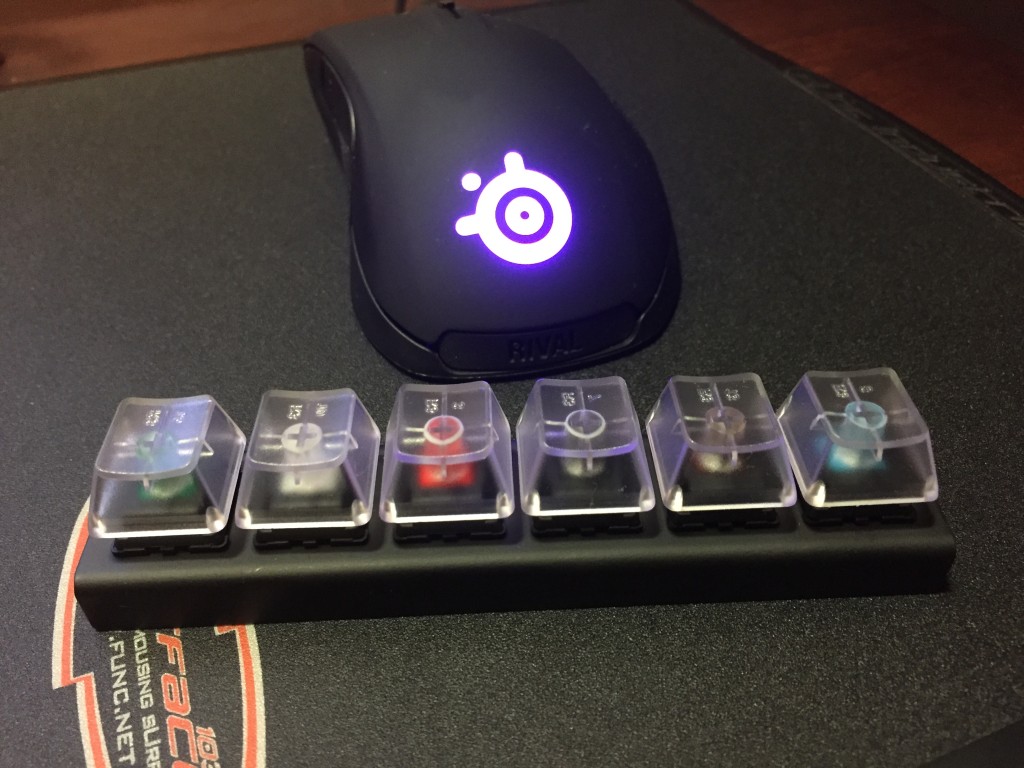I’ve had a MacBook Pro, officially known as the MacBook Pro (13-inch, 2016, Two Thunderbolt 3 ports) model when checking About This Mac from the Apple menu, for the better part of the year, and in that time I’ve grown used to the extremely low travel keyboard it uses, but I’ve finally realized I don’t like it.
Others have mentioned it’s not fun to type on and that may seem somewhat glib, but it’s true, at least as far as my own experience goes. My greatest fear–that the low travel and extreme firmness of the keys would lead to sore fingers during long typing sessions–was unfounded. I’ve typed thousands of words over hours on the thing and my fingers have emerged intact.
But it’s still an oddly joyless experience, something I hadn’t even thought in relation to typing until I started using it. I always feel like I’m on the verge of making mistakes by hitting the wrong keys, it’s annoyingly clicky without any of the benefits of a mechanical keyboard and every time I go back to any other keyboard I regularly use, like the Logitech K780 or even the previous wired Mac keyboard with numeric keypad, I’m reminded of how much more pleasurable the typing experience can be. The new MacBook keyboard feels like something that’s meant to be used only sparingly. Maybe that’s why the touchpad is so gigantic on the newer models.
The 2016 MacBook Pro is kind of an odd thing. Parts of it are great, like the display and touchpad, while others, like the keyboard, are unsatisfying compromises.
It’s actually got me thinking about getting a Windows laptop again because there is no escaping this keyboard now. Apple is on the verge of killing off their last models that used the old-style keyboard (the models date back to 2015).
HP has a new edition of their Spectre x360 coming out later this month. I’ll give it a test drive if it’s carried locally. If the touchpad is tolerable and the keyboard is better, they may just have a sale.
Anyone want a slightly-used MacBook Pro (13-inch, 2016, Two Thunderbolt 3 ports)?
UPDATE April 2, 2018: My search for a replacement laptop is documented here and here. I am still mulling over a replacement as of this update.
Now that my MacBook Pro is out of warranty, I am starting to experience what I call KA, which is not related to the mumbo jumbo in Stephen King’s The Dark Tower. KA is Keyboard Anxiety, the fear that something will happen to your keyboard, necessitating an expensive repair.
The Wirecutter has a section of their MacBook guide specifically addressing the design and reliability of the keyboard:
And across the scores of professional reviews and hundreds of online comments we’ve seen since this keyboard design debuted, few people say they love typing on it. Many people admit that, like us, they’ve gotten used to the new keyboard, while others actively dislike using it.
Here’s another article on the new MacBook keyboard that highlights issues with the design, which notes how it’s all but impossible to remove the space bar for repair without breaking it, so if the space bar is not working right, you’re likely looking at getting the entire top assembly of the MacBook replaced, since the keyboard is an integrated part of it. The cost of the replacement, out of warranty, can be hundreds of dollars, even if it’s just that single key that is not working. This keyboard design was done in the name of making the laptops ever-thinner and lighter. I think this is probably peak Apple form over function, as they have retreated on their “thin or die” philosophy since the development and subsequent fallout over the butterfly mechanism the new keyboard uses. The iPhone 7/8, Series 3 Watch and new iPad are all thicker and heavier than their immediate predecessors (though not by much).
Also amusing is the official Apple support document on How to clean the keyboard of your MacBook or MacBook Pro. Hold your MacBook (minimum cost $1729 Canadian before tax) at an absurd, near-upside down angle and spray air into it. I especially like the second image where the guy doing the cleaning is apparently palming the MacBook instead of actually gripping it. He’s putting a lot of faith in that left hand:

If reliability problems are as bad as they may be, I suspect this will be a rare case of Apple retreating on a design, though I expect them to spend at least another generation trying to fix it first. If they do abandon it, the result will probably be slightly thicker and heavier laptops, but other companies have demonstrated that light and thin is still quite possible while retaining a more traditional laptop keyboard design.
UPDATE April 3, 2023: Yes, almost exactly to the day, five years later, another update! It turned out I was right, as Apple did indeed continue to use the butterfly keyboard on early 2019 models, but finally stopped with the 16-inch MacBook Pro introduced in fall 2019, which switched back to a scissor switch mechanism. I traded in my MacBook Pro (13-inch, 2016, Two Thunderbolt 3 ports) just as its four-year keyboard warranty plan was expiring, getting a nice 2020 M1 MacBook Air. I sold the Air a few weeks ago, as I no longer need a laptop at all, and my Mac needs are now provided by a Mac Studio, which came with no keyboard at all.






